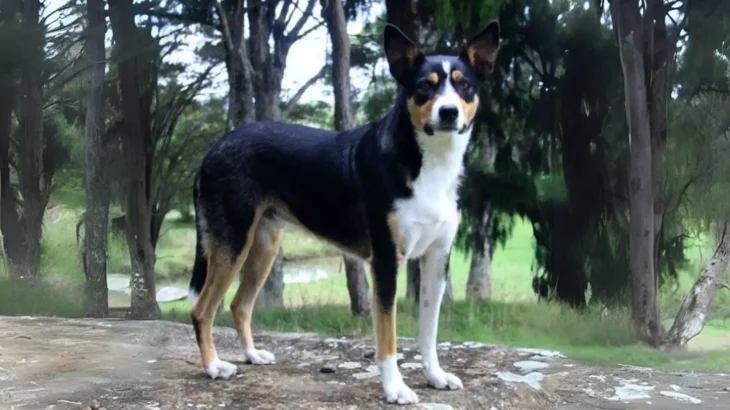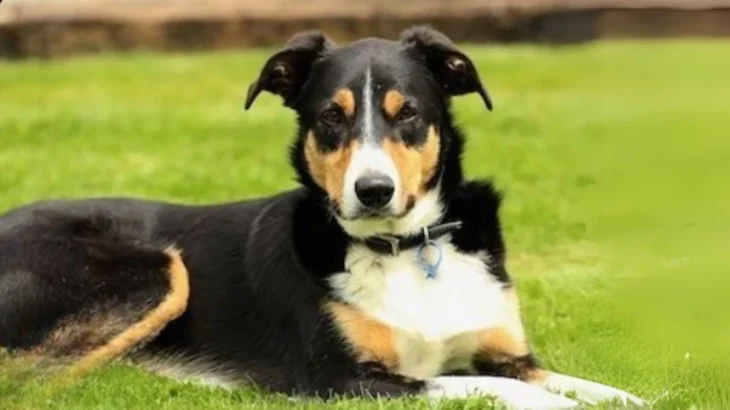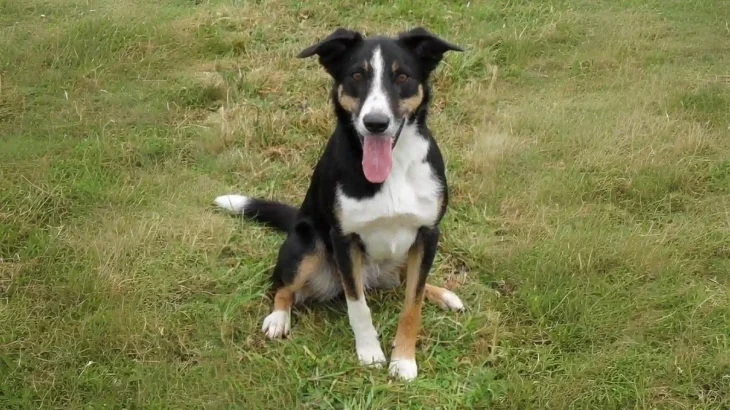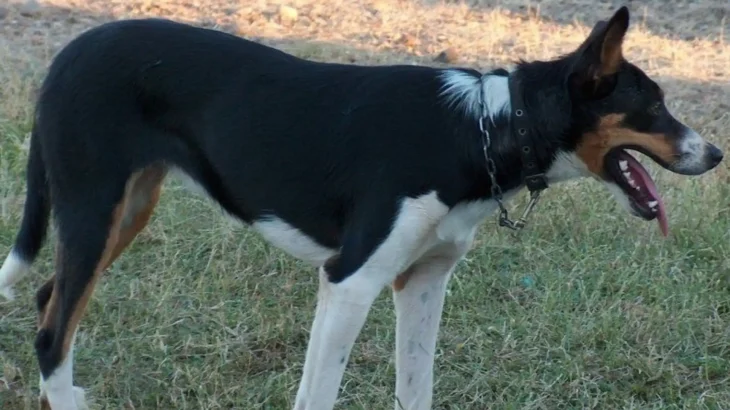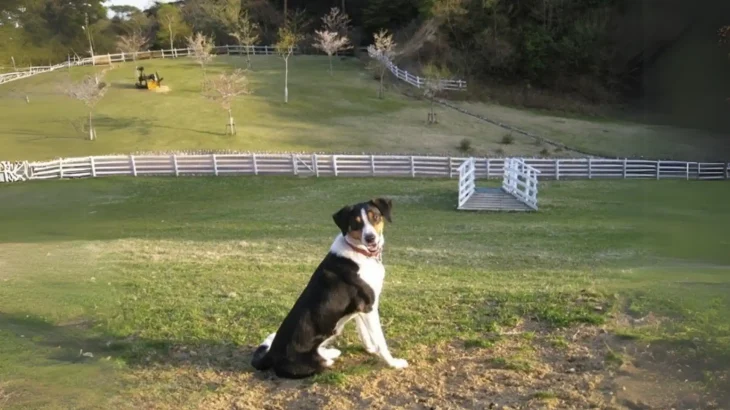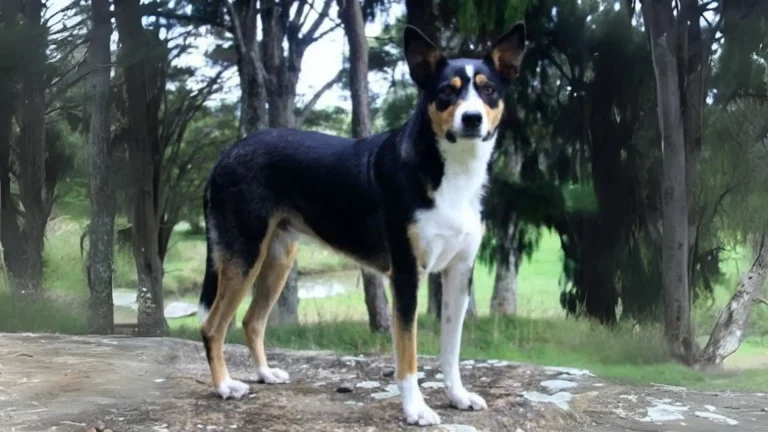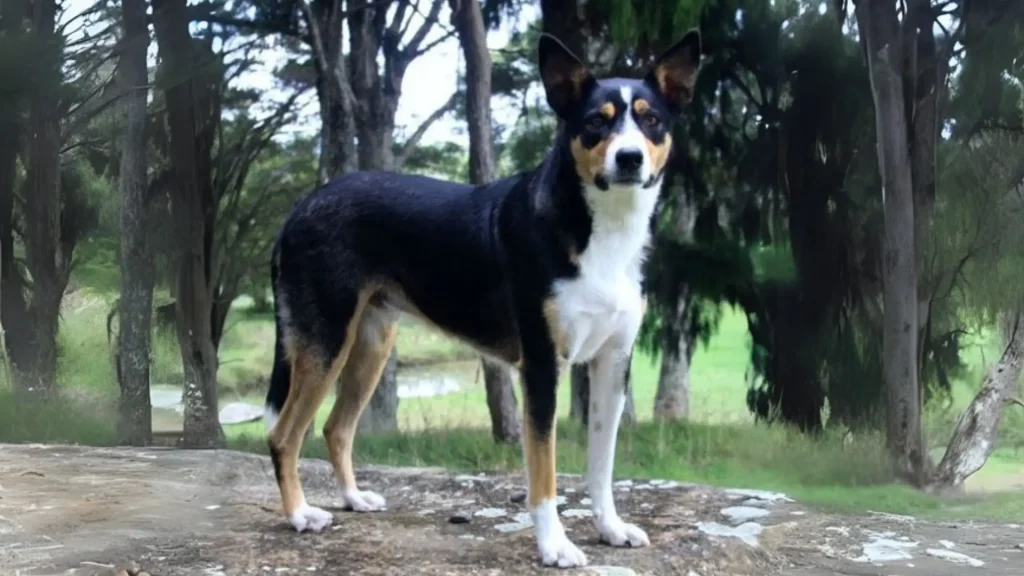Deciding whether to adopt or buy a New Zealand Heading Dog puppy depends on your priorities around health transparency, support, and ethics. Buying from a responsible breeder often means access to detailed health and pedigree records, while adoption gives a loving home to a dog who truly needs one. Both options offer meaningful ways to welcome this breed into your life, each with unique benefits and considerations.
| Criteria | Buying from Breeder | Adopting from Shelter/Rescue |
|---|---|---|
| Cost | Generally higher, reflecting breed purity and care quality before sale. | Lower adoption fees, usually inclusive of vaccinations and initial vet care. |
| Health History | Comprehensive health background and genetic screening available. | Health info may be limited; shelters perform basic exams but detailed history often unknown. |
| Age Availability | Primarily puppies, allowing bonding from an early age. | Varies widely, including adult dogs who may already be trained. |
| Temperament Insight | Breeders can share lineage temperament and socialization practices. | Shelter staff may provide behavior insights based on interaction and observation. |
| Supporting Practices | Supports ethical breeding when choosing responsibly; helps maintain breed standards. | Supports animal welfare by giving homes to dogs in need and reducing shelter populations. |
| Ethical Considerations | Risk of supporting puppy mills if breeder is not reputable; requires careful vetting. | Generally aligned with rescuing dogs and preventing unnecessary euthanasia. |

